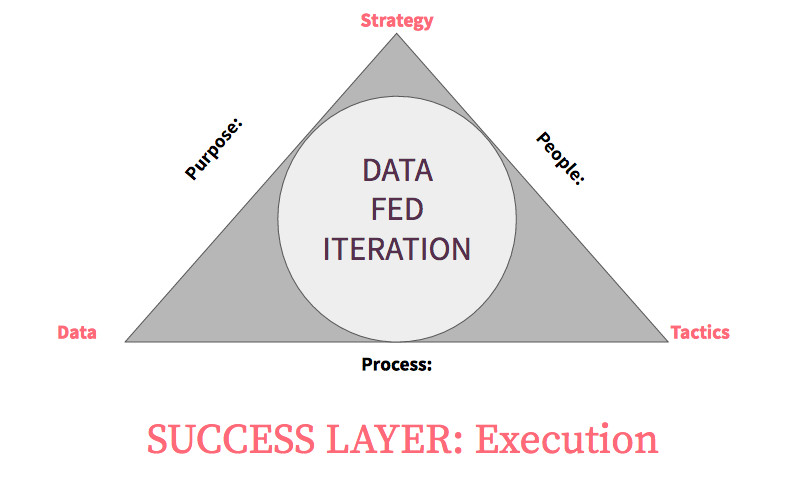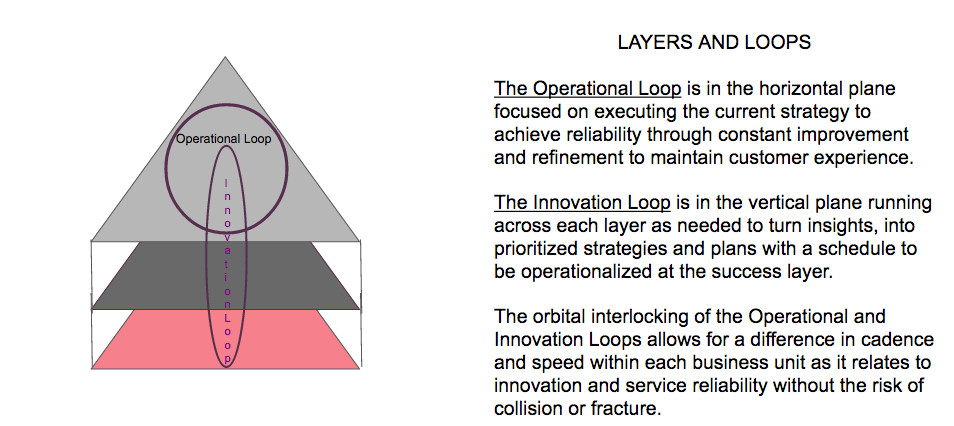Working with an uber-intelligent colleague and having the creative process come to life with speed, efficiency and deliver powerful insights make me into a fiend for that productivity-high. I got the occasion to experience this reality with @TQ_AZ (Anthony Quiroz) as we set out to build a new business framework to better communicate how we optimize customer experience at our agency. It was a reminder that some of the best songs in history have been written in as little as 5 minutes (see link below for some proof points like "Sweet Child 'O Mine") and although we spent more than 5 minutes, I have had rare occasions in my career as symbiotic and fluid...I look forward to comments and feedback that Tony and I can absorb as we tighten the framework messaging over the coming weeks.
The Result: EMF-The Experience Marketing Framework (Quiroz & Snook 2016 published in Digital Sense with Travis Wright 2017). It's currently in Beta v1.0 and void of the creative director's brilliant beautification and is merely in my stick (wireframe) drawings below. More will come of this visually as we get some artists around it in the coming week(s) to assist you in implementing and innovating on top of it for your own designs, but in a few words and text below here it is at its base essence.
The Experience Marketing Framework maximizes client success by delivering reliability and innovation to the customer experience.
Experience marketing is the union of human-centric tactics, purpose-driven strategy, and data-fed iterations.
Our simple “learn, plan, do” approach quickly leads to reliability, which ensures the maintenance of market share.
Learn the client’s business goals and customer target.
Plan projects with a focus on measurable interactions.
Do the work, release to market, measure, and iterate.
Innovation ensures market share growth and arises from insights. Insights can occur while executing, but will be generated more reliably by adding dedicated cycles of research.
Vision guides strategy. Strategy is the art of applying insights to specific touch-points in the customer journey, guided by business goals, calibrated by scope.
Success = a great customer experience: well-executed, uniquely crafted and maintained.*
*Influenced by Jeanne Bliss and her work on the 5 Core Competencies
Let's take a look at what is below the surface of delivering great customer experience**.
**Influenced by Jesse James Garrett and his Elements of User Experience
Primary (ethnographic) research is ideal to understand the most humanistic way to get in front of the macro-forces impacting or opening a lane for your strategy, along with a deep understanding of your chosen customer sets and competitive landscape. This layer allows for dedicated cycles of research and insight generation (which also naturally occur while executing).
Purpose is like the Sun in our solar system (It never moves), and strategy brings your present vision to life as you effort to remain in alignment to that purpose for optimal business results while gaining market share. At this layer you are working to prioritize along a series of touch-points in your customer journey and business goals, plan and calibrate to scope and budgets, and schedule.
Measuring what matters is the key at this layer. The integration of the orbiting Operational (Learn, Plan, Do) Loop as a rapid way to optimize reliability, and the Innovation (Discover, Design, Deploy) Loop to operationalize new insights ensures that you will hone in on the most relevant data to make the most impactful iterations as you execute on the current and future strategies.
Will LOVE translate into ROI?
As an organizational leader and marketer our jobs have often been seen as making customers L-O-V-E us, but the challenge of innovating and simultaneously providing a positive state of reliability in the customer experience has many of our clients and their executive suites tripping over each other or in a co-dependent relationship between the marketing and operations silos. This will be compounded further as platform fragmentation and disintermediation continue to increase at unprecedented rates of speed. The Layers and Loops model with the EMF3 Framework solve this problem. In orbit (on horizontal and vertical planes), there is no need for co-dependency, and a renewable, prioritized, and self generating dynamic of operationalized innovations within your customer experience is the byproduct.
***Orbiting loops influence by Buckminster Fuller's theory on Orbiting in Love.
The final piece of integrating this or any marketing framework effectively remains in how simply it can be translated to the rest of the C-Suite (CFO, CXO, CEO) in models of common nomenclature around competitive advantage and ROI. The final slide shows the connection between delivering on the 2 commitments of CX and maintaining or growing market share in the Gartner Magic Quadrant.
Finally, no framework is complete without a simple but powerful set of guiding principles. Here are ours in their present v1.0 state. Thanks for reading. ~CJS








